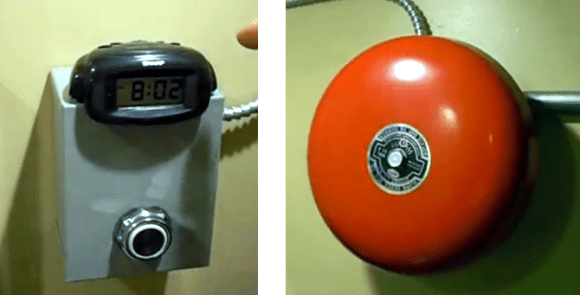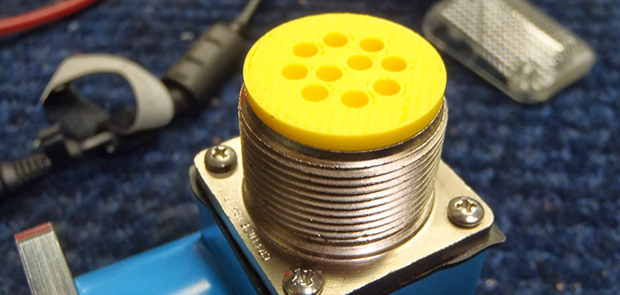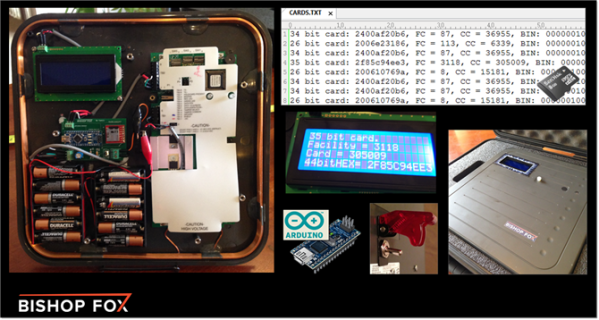
If you suck at getting up in the morning [Jake Lee] has a solution that will make sure you don’t get fired from your job. Unfortunately it’s going to scare the life out of you — but maybe we’re just not hard enough sleepers to appreciate the value in an alarm clock that’s so horribly loud.
At first we wondered where he got the bell but it looks like you can buy one for about fifteen bucks. We’re not saying you should hide one of these under your best friend’s bed, but the cost of the bell does put it firmly in the worth-it-as-a-prank price range. [Jake] used rigid and flexible conduit to connect the bell to a power source, and the control panel shown on the left. He uses the LED backlight of the bedside alarm clock to drive the base of a transistor, switching a relay to trigger the bell. The big button on the grey box makes the wailing stop (seriously, cut your volume before you hit 0:30 in the clip below).
Continue reading “Fire Bell Wakes You For Work By Shaving Years Off Your Life”















